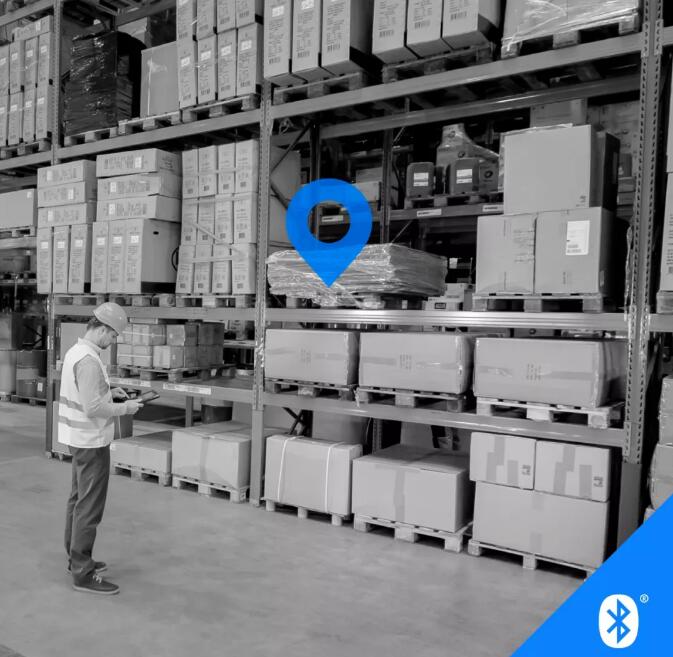
BLE beacons are compact, energy-efficient devices that broadcast signals via Bluetooth to communicate with nearby devices such as smartphones and tablets. Their popularity has surged due to a myriad of applications, ranging from indoor navigation to precise marketing initiatives. This article delves into the technology behind BLE beacons and explores their diverse applications.
Let’s begin by understanding the functioning of BLE beacons. A beacon is a miniature device comprising a Bluetooth chip, a power source, and an antenna. It periodically emits Bluetooth signals that are detected by devices in its vicinity with Bluetooth capability. The signals include unique identifiers that allow the beacon and its position to be recognized.
A significant benefit of BLE beacons is their minimal power usage. They consume very little energy to broadcast signals, enabling them to run on a single battery for extended periods, sometimes even years. This feature is particularly advantageous in scenarios where frequent battery replacement is challenging or impractical.
Indoor navigation is among the most prevalent applications for BLE beacons. By strategically positioning beacons within a building, individuals can utilize a smartphone application to find their way to specific locations. The app harnesses the beacon signals to ascertain the user’s location and offers step-by-step instructions to reach their goal.
Another widespread application of BLE beacons is in targeted marketing. Retailers can place beacons within stores or other venues to send tailored messages to nearby patrons. For instance, a clothing store could offer a discount on a particular item to customers near the fitting rooms, potentially boosting sales and enhancing customer satisfaction.
Beyond navigation and marketing, BLE beacons are employed in various other applications. They can track warehouse inventory, keep tabs on the location of medical equipment in a hospital, or supply information about museum exhibits.
The market offers several types of BLE beacons. The iBeacon, introduced by Apple in 2013, is a common variety that operates on a proprietary protocol designed for iOS devices. Another widely used type is the Eddystone, launched by Google in 2015, which operates on an open protocol compatible with both iOS and Android devices.
Implementing a BLE beacon system requires consideration of several factors. The number and positioning of the beacons; for precise navigation or location-based services, they must be evenly dispersed throughout the area. The type of beacon and its protocol are also crucial, as different protocols offer varying ranges and battery lives, making some more suitable for specific applications. Lastly, the smartphone app or software interacting with the beacons must be meticulously designed and tested to ensure reliability and user-friendliness.
In summary, BLE beacons are a multifaceted and potent technology suitable for a broad spectrum of applications, from indoor navigation and targeted marketing to inventory tracking and equipment monitoring. As the technology advances, we anticipate witnessing even more innovative and imaginative applications for BLE beacons.
As a professional manufacturer of Bluetooth module, Tecksay has independently developed and produced a number of Bluetooth modules that have been applied to many industries. With more than ten years of industry experience, Tecksay can customize Bluetooth embedded solutions for customers from design, project management, function customization, system development and other aspects.



